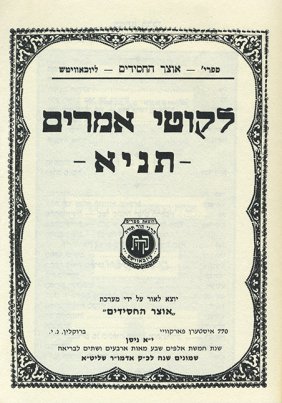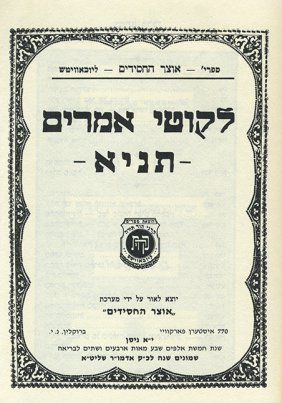Iggeres HaT’Shuva: Chapter Two; Tammuz 9, 5775
Earlier the Alter Rebbe explained that there is a difference between t’shuva and forgiveness/atonement. Today, the Alter Rebbe explains the need for fasting on top of the t’shuva and the forgiveness. If one wronged a king, for that matter, “sorry,” wouldn’t suffice. 1. There’s the t’shuva, which includes a resolution and verbal admission. 2. There’s the forgiveness, because G-d loves Jews. 3. Appeasement. Just because we were forgiven doesn’t mean we see eye to eye yet. This is where fasting comes in: In the…







